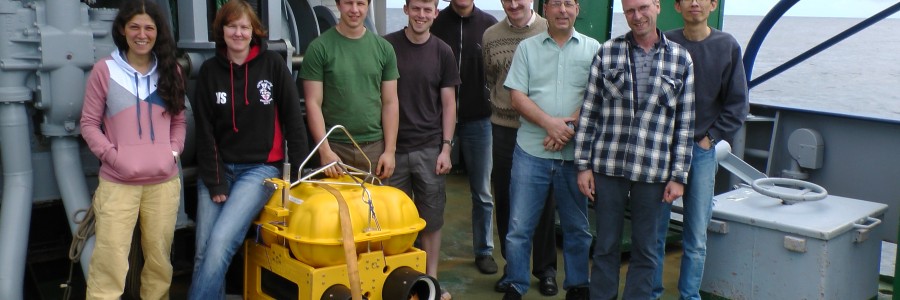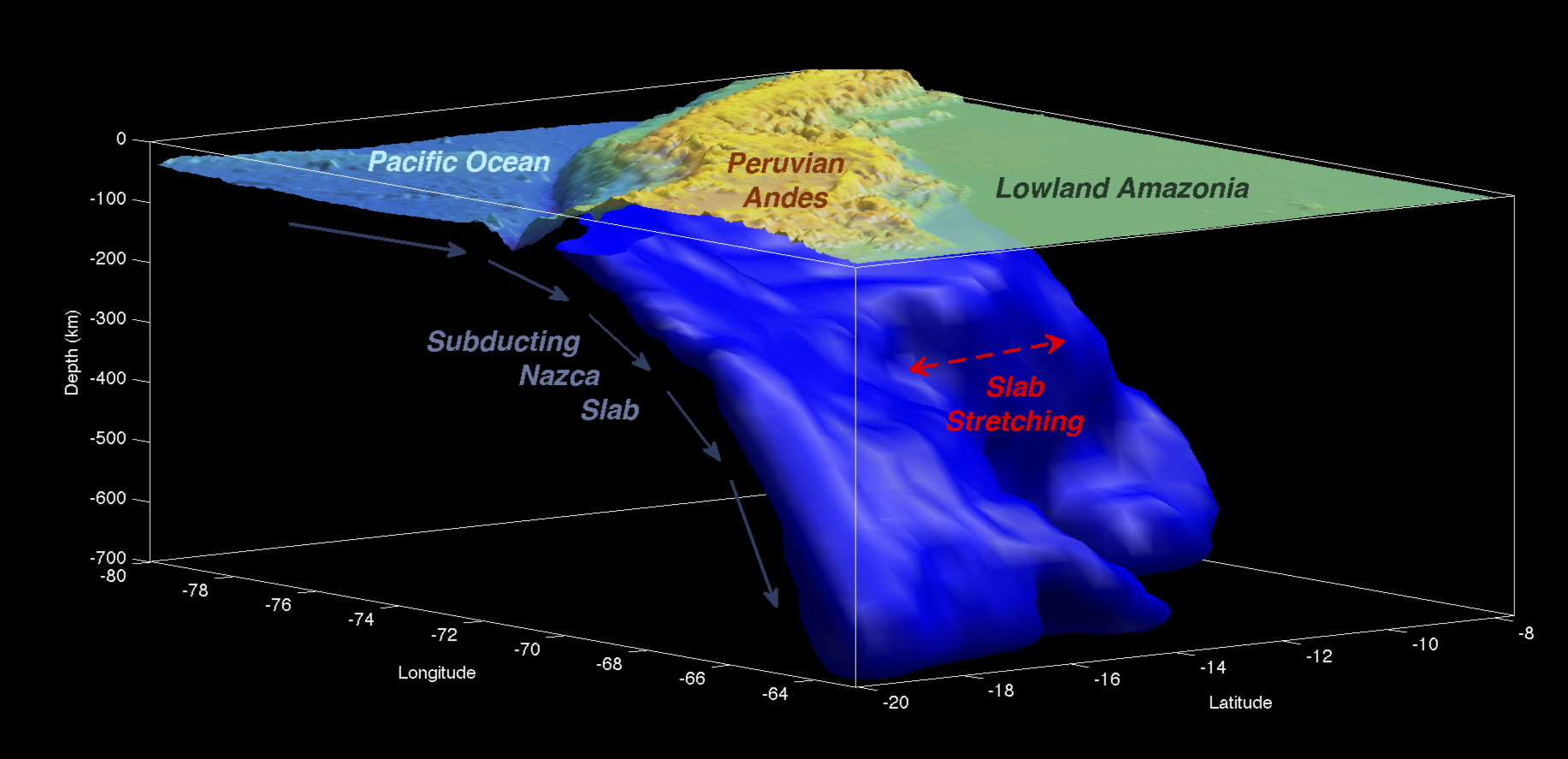How thick are the continents?
Researchers Saikiran Tharimena, Catherine Rychert and Nicholas Harmon at the University of Southampton have published exciting results in the journal Science about the thickness of the continents and the defining mechanism of the tectonic plate. The thickness of the continental portion of Earth’s cold and rigid plates is a source of debate. Previous attempts to measure… Read More How thick are the continents?



